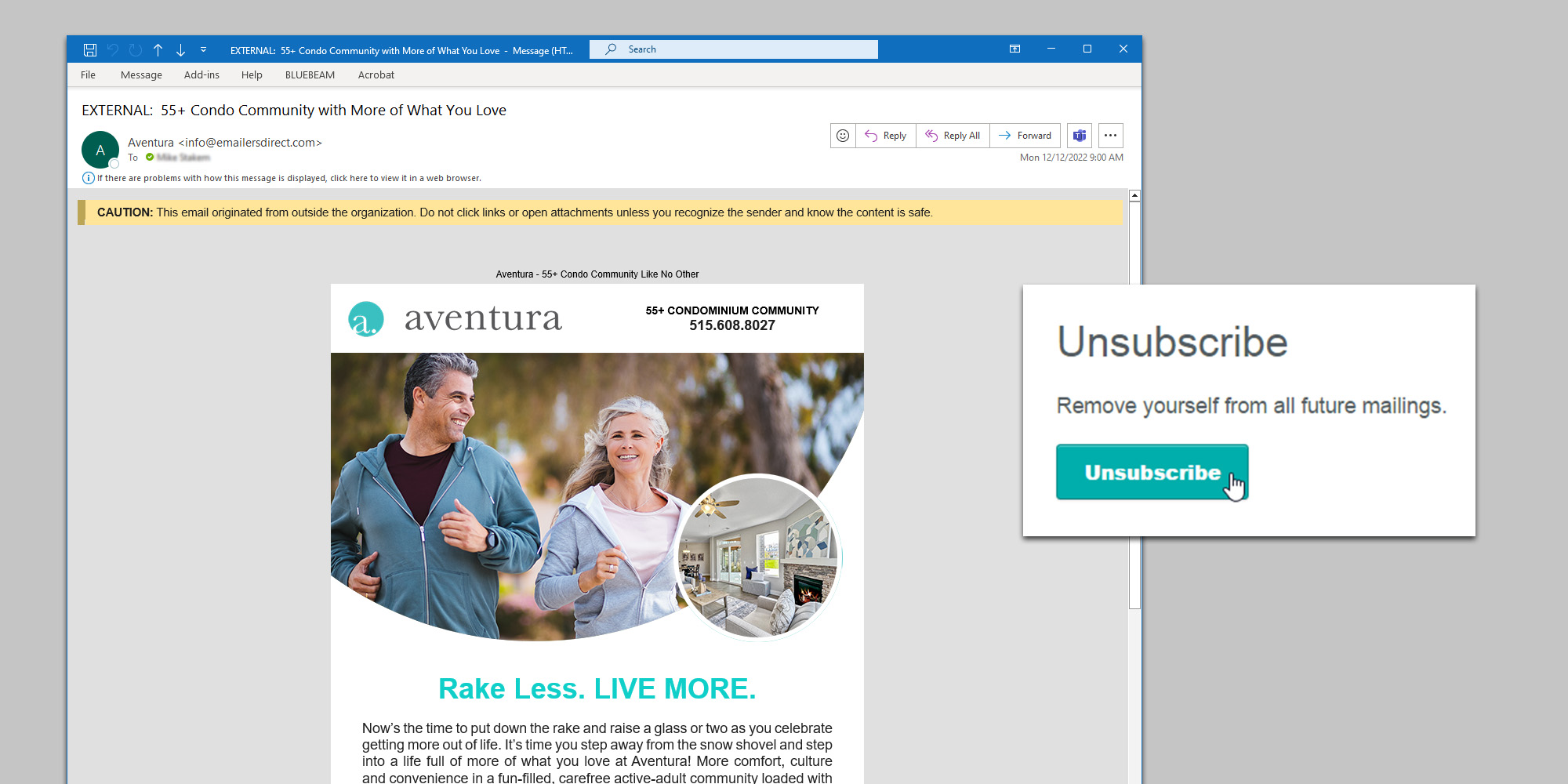If your community has been using a CRM for some time, it’s likely you have a database of leads that range from brand new to years old. You may be asking whether it’s worth the effort to re-engage aging leads that initially raised their hand a year, two years or longer ago. While in an ideal scenario, your sales team has continued to nurture leads until they’re won or lost, that’s not always reality. If older leads have become stale (or even if they haven’t), it can be tempting to focus exclusively on new leads, but it’s important to remember that nurturing aging leads can be just as worthwhile. In fact, according to Forrester Research, companies focused on lead nurturing generate 50% more sales-ready leads than those who don’t. And they spend 33% less per lead. In short, companies that nurture leads best spend less and convert more.
Why nurturing aging leads is a cost-effective solution for occupancy challenges
According to a report by the National Investment Center for Seniors Housing & Care (NIC), occupancy rates at senior living communities have been steadily increasing but haven’t yet returned to the pre-pandemic high of 87.2%. What’s more, the sales journey for a senior living community can be a long one — according to our own research and industry data, nearly half of residents who moved to a community in the past 10 years took about 2 years to do so, with an average of 25 touches for each independent living sale.
Aging leads are valuable because they’ve already shown interest in your community. Even if they haven’t yet made the decision to move in, they’ve taken the time to reach out and learn more, which means they’re more likely to be receptive to your outreach and more likely to consider your community when they’re ready to make a decision. Because it’s significantly more expensive to generate new leads than it is to nurture existing ones, and because new leads are typically in the beginning of their buying journey, focusing on older leads may help you convert more leads at a lower cost.
How to re-engage aging leads
Simply emailing for an update or feature-dumping isn’t going to cut it. At Creating Results, we recommend keeping two core tenets in mind: (1) personalization and (2) what’s in it for your audience? (In other words, what benefit do they receive by engaging with you?)
Personalization means using your initial discovery work and the lead’s behaviors to craft outreach that acknowledges the lead’s stage in their journey; challenges or needs they’ve shared with you; interests, likes and dislikes; or things you have in common to build rapport.

In the case of digital leads for whom you may just have a name and email address and little previous communication, personalization can be a bit trickier. If you have a marketing automation tool, you can use a lead’s anonymous behavior (like clicking a link in an email) to provide more information on a topic you already know they’re interested in. Providing information perceived to be of value is also important. In fact, research from Salesforce says 73% of customers expect companies to understand their unique needs, and 88% say the experience a company provides is as important as its products or services.
According to PwC, 17% of consumers will walk away from your brand after just one bad experience. Receiving an email from your company after 2 years of no communication that pushes an incentive for moving in this month? Yeah, that’s a bad experience with little thought to their personal needs.
Practical approaches for nurturing aging leads
So what should you do? Here are a few tips to help you re-engage with aging leads:

Are you having an upcoming event that may be of interest? Whether a fun, social event with food and drink or an educational series, events are a low-pressure way to bring anonymous leads out into the open. (More event tips here.)

Has your organization recently developed a resource for comparing the costs of senior living communities? People naturally want to engage with others who provide helpful information and valuable tools. Think about how you can position yourself as a trusted resource for potential leads versus selling them on your solution.

Don’t rely on just one channel to reach out to aging leads. Use a combination of email, phone and direct mail to stay top of mind. According to Google, marketing leaders — companies that significantly exceeded their business goals — are 1.5 times more likely to use multiple channels that work together throughout a consumer’s sales journey.

While it may seem counterintuitive, offering a way for leads to easily opt out (say, by clicking a link in an email) can help you understand if they’re still interested in your community. Maybe the lead has already moved into another community, moved out of the area or is no longer looking for a community. In that case, it’s better to have them remove themselves from your nurture efforts so you can devote your time to leads that you can convert.
Remember that the sales journey for a senior living community can be a long one; be patient and consistent with your outreach. By understanding the length of the sales journey, staying top of mind with your leads and re-engaging with aging leads in a thoughtful way, you can increase your chances of converting leads into residents and filling your occupancy.



